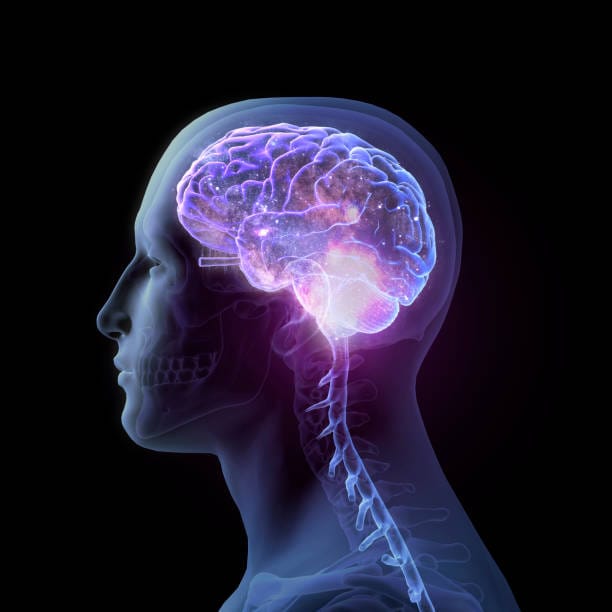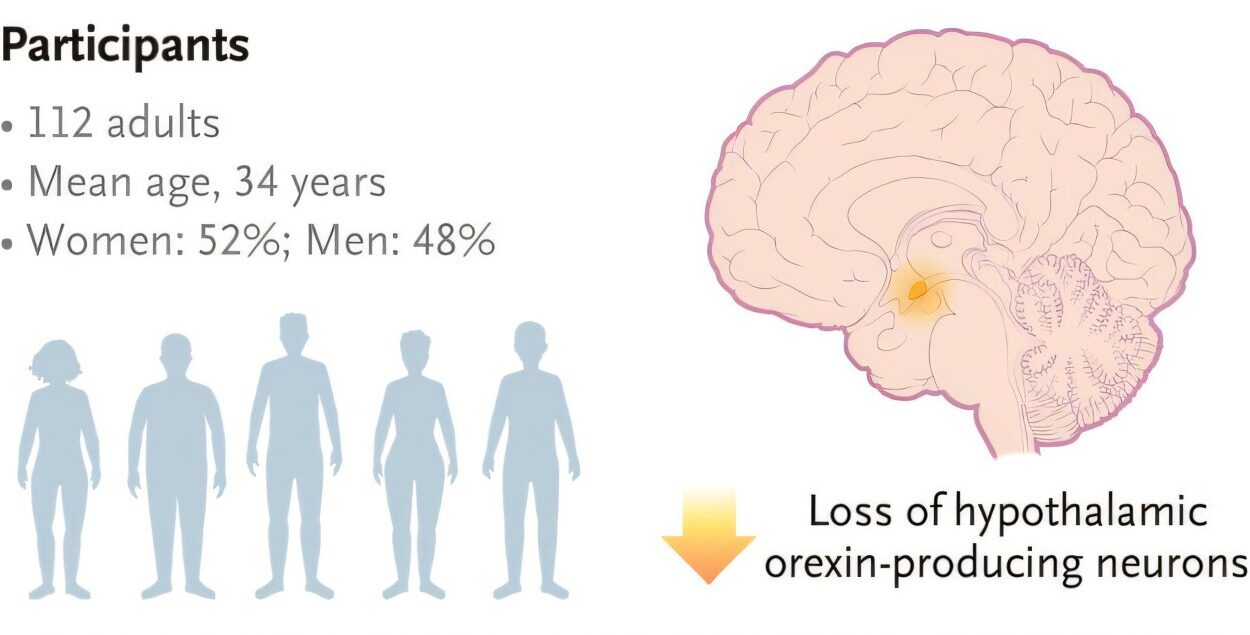Few topics in medicine provoke as intense a mix of emotion, philosophy, legal debate, and ethical complexity as euthanasia. The very word, derived from the Greek eu (good) and thanatos (death), means “good death.” Yet, what constitutes a good death remains a fiercely contested question. Is it one free of pain? One that occurs on the patient’s terms? One that is dignified, swift, and merciful? Or is it a natural death, untouched by human intervention?
Throughout history, societies have wrestled with the notion of choosing death to end suffering. In ancient Greece and Rome, some philosophers and physicians believed it was acceptable in certain circumstances. The Hippocratic Oath, which emerged around the same time, pledged to “do no harm,” and forbade physicians from giving a deadly drug if asked for it. This contradiction reflects a tension still at the heart of modern euthanasia debates: when does preserving life cross the line into prolonging suffering?
In the 21st century, advances in medicine have extended life in ways once unimaginable. But with that progress has come new dilemmas. As people live longer, often with chronic, painful, or terminal conditions, the question isn’t just whether we can keep someone alive—it’s whether we should. Euthanasia sits squarely at the crossroads of medicine, law, ethics, and personal autonomy, challenging us to reconsider what it means to live—and die—with dignity.
Defining Euthanasia: A Spectrum of Practices
Euthanasia is not a singular act but a spectrum of practices that vary by method, intent, and legality. At its core, euthanasia involves intentionally ending a person’s life to relieve suffering. But the details matter.
There’s voluntary euthanasia, where a competent person makes a conscious choice to die, typically due to terminal illness or unbearable pain. Then there’s non-voluntary euthanasia, where the patient cannot make such a choice—perhaps because they are in a coma or suffering from severe dementia—and the decision is made by a surrogate. Involuntary euthanasia, on the other hand, occurs against the patient’s wishes and is widely condemned as unethical and illegal in most countries.
A related but distinct concept is physician-assisted suicide, where a doctor provides the means—usually a prescription for lethal medication—but the patient administers it themselves. This differs from active euthanasia, in which the doctor or another party directly performs the act that leads to death, such as administering a lethal injection. There is also passive euthanasia, which involves withholding or withdrawing life-sustaining treatment, allowing the patient to die naturally.
These distinctions are crucial in medical ethics and legal frameworks. While passive euthanasia is legal and accepted in many countries, active euthanasia and assisted suicide remain highly controversial, and their legality varies widely.
The Patient’s Perspective: Autonomy, Dignity, and Control
For many patients, the debate about euthanasia is not academic but intensely personal. When faced with a terminal diagnosis, the focus often shifts from curing the disease to managing pain, maintaining dignity, and exerting control over one’s remaining time. For these individuals, euthanasia represents the ultimate form of autonomy—the power to decide when and how their life will end.
Autonomy is a foundational principle in medical ethics. It emphasizes the right of individuals to make informed decisions about their own bodies and treatments. Supporters of euthanasia argue that this autonomy should extend to the decision to end life in the face of unbearable suffering. They contend that no one else can truly understand what a patient is experiencing, and that forcing someone to endure a painful, degrading death is a violation of their basic human rights.
For those living with degenerative conditions like ALS (Lou Gehrig’s disease), multiple sclerosis, or advanced cancer, euthanasia may offer a sense of peace in knowing they won’t have to endure the final, most debilitating stages. It’s not always about physical pain. For many, the fear of losing independence, becoming a burden to loved ones, or living in a state of constant mental confusion is equally terrifying. Euthanasia, they believe, offers a way to preserve dignity and avoid the slow erosion of self.
The Medical Community’s Ethical Quandary
Doctors are trained to heal, to preserve life, and to alleviate suffering. Euthanasia forces them to balance these often-competing goals. Is it more ethical to preserve life at all costs, or to end it mercifully when that life is filled with suffering and devoid of hope?
Supporters within the medical community argue that assisting a patient in dying is consistent with the goal of alleviating suffering. They point out that modern palliative care, while effective for many, cannot eliminate all pain or restore lost dignity. In rare cases, they say, euthanasia is the only humane option.
Yet many physicians remain deeply uneasy with the practice. The act of intentionally ending a life contradicts the traditional role of the doctor as a healer. There are fears about the psychological toll on practitioners, the potential for coercion, and the slippery slope—where initial safeguards could erode over time, leading to broader and more ethically questionable applications.
Medical associations around the world reflect this ambivalence. Some, like the Canadian Medical Association, have taken a neutral stance, recognizing the legality of euthanasia while emphasizing patient-centered care. Others, like the American Medical Association, remain officially opposed, citing ethical concerns.
Legal Landscapes: A Patchwork of Policies
The legality of euthanasia and assisted suicide varies dramatically from one jurisdiction to another. In some countries, like the Netherlands, Belgium, and Canada, both practices are legal under strict guidelines. Patients must be mentally competent, suffering unbearably, and voluntarily requesting euthanasia. These systems require multiple medical opinions, waiting periods, and documentation to prevent abuse.
In the United States, the situation is more fragmented. Assisted suicide (but not active euthanasia) is legal in several states, including Oregon, Washington, California, and Vermont, under laws modeled after Oregon’s Death with Dignity Act. These laws typically require that patients be terminally ill, make multiple requests, and be evaluated by two physicians.
Other countries, such as Switzerland, have taken a different approach. While euthanasia remains illegal, assisted suicide is permitted under certain conditions—even for non-residents. This has led to the phenomenon of “suicide tourism,” where people travel to Switzerland to end their lives legally.
In contrast, many nations maintain strict prohibitions on any form of euthanasia or assisted suicide. Religious, cultural, and political factors heavily influence these policies. In predominantly Catholic or Muslim countries, for instance, euthanasia is often viewed as morally unacceptable, rooted in the belief that life is sacred and only God has the authority to end it.
Religious and Cultural Perspectives
Religious traditions play a significant role in shaping opinions about euthanasia. In many faiths, life is seen as a sacred gift from a higher power, and ending it prematurely is considered morally wrong.
The Catholic Church, for example, strongly opposes euthanasia and assisted suicide. It teaches that life must be protected from conception until natural death and that suffering, while difficult, can have spiritual meaning. Pope John Paul II and Pope Francis have both spoken out against euthanasia, urging believers to offer compassion and palliative care instead.
Islam similarly rejects euthanasia, emphasizing the sanctity of life and the belief that suffering can be a test of faith. Many Islamic scholars argue that only Allah determines the time of death and that humans should not interfere with this divine plan.
In Judaism, views vary depending on the denomination. Orthodox Jews generally oppose euthanasia, while Reform and Conservative movements may be more open to it in cases of extreme suffering. The principle of pikuach nefesh (saving a life) is central, but so is the idea of chesed (compassion).
Eastern religions like Buddhism and Hinduism also offer nuanced perspectives. While taking life is generally discouraged, some interpretations of karma and suffering suggest that relieving unbearable pain may be ethically justified, particularly if done with compassionate intent.
Cultural attitudes also shape how societies approach end-of-life decisions. In Western countries, individual autonomy is highly valued, leading to more support for euthanasia. In contrast, collectivist cultures in Asia or Africa may prioritize family and community values, often deferring decisions to group consensus rather than individual choice.
Slippery Slopes and Safeguards
One of the most common arguments against euthanasia is the slippery slope: the fear that legalizing it under limited circumstances could eventually lead to broader, less ethical applications. Critics worry that vulnerable populations—such as the elderly, disabled, or mentally ill—could be coerced into choosing death, especially in healthcare systems under financial strain.
Some point to cases in the Netherlands and Belgium, where laws initially intended for terminally ill adults have expanded to include minors and patients with psychiatric conditions. While these laws still require strict criteria and oversight, their evolution raises concerns about shifting societal values.
Proponents of euthanasia acknowledge these risks but argue that with proper safeguards, abuse can be minimized. They advocate for rigorous documentation, psychological evaluations, second opinions, and transparent reporting. Studies from jurisdictions where euthanasia is legal suggest that abuses are rare and that the majority of patients who choose euthanasia are well-informed and mentally competent.
Still, the debate continues. Opponents argue that even a few unethical cases are too many, while supporters contend that denying people the right to die on their terms is itself an injustice.
The Role of Palliative Care
A crucial part of the euthanasia debate involves palliative care—the specialized medical care focused on relieving pain and improving quality of life for those with serious illnesses. Opponents of euthanasia often argue that with proper palliative care, most suffering can be alleviated, making euthanasia unnecessary.
There is truth in this claim. Advances in pain management, hospice care, and emotional support have transformed the end-of-life experience for many. Palliative care teams include doctors, nurses, social workers, and chaplains who address not only physical symptoms but also emotional, social, and spiritual needs.
However, even the best palliative care has its limits. Some patients experience pain that is resistant to treatment, or symptoms like breathlessness, nausea, or anxiety that severely diminish quality of life. Others may fear losing cognitive function or becoming completely dependent on others.
Supporters of euthanasia argue that patients should have access to both palliative care and the option of euthanasia. They see the two as complementary, not mutually exclusive. In fact, studies show that in countries where euthanasia is legal, investment in palliative care has increased, not decreased.
The Emotional Toll on Families and Caregivers
End-of-life decisions are rarely made in isolation. They affect not only patients but also families, caregivers, and healthcare providers. The emotional toll of watching a loved one suffer, or of participating in a decision to end life, can be profound.
Some families find solace in the idea of a peaceful, planned death. They appreciate the opportunity to say goodbye, to celebrate their loved one’s life, and to be present at a meaningful moment. For others, the decision brings guilt, doubt, or conflict—especially if family members disagree about what the patient would have wanted.
Healthcare providers also face emotional challenges. Even in legal jurisdictions, performing euthanasia can weigh heavily on doctors and nurses. Some opt out of participating due to moral or psychological concerns. Others embrace it as an extension of compassionate care but still report complex emotions.
Hospitals and clinics that allow euthanasia often offer support programs for both staff and families. These may include counseling, ethics consultations, and memorial services to help process the experience.
The Future of Euthanasia: Emerging Questions and Technologies
As medical technology advances, new ethical questions are emerging. Artificial intelligence, life-prolonging devices, and new drugs are reshaping what it means to be alive—and to die. Some experts predict that decisions about euthanasia will become even more complex as we grapple with patients living for years on ventilators, in persistent vegetative states, or with neurodegenerative diseases.
There’s also the question of mental illness. In some jurisdictions, individuals suffering from chronic psychiatric conditions can request euthanasia. This raises profound questions about what constitutes unbearable suffering and whether mental illness can be deemed terminal. Critics argue that this risks normalizing suicide, while supporters emphasize compassion and autonomy.
Even cultural and generational shifts are influencing attitudes. Younger people tend to be more supportive of euthanasia than older generations, reflecting changing views on autonomy, religion, and personal freedom.
As society evolves, so too will the conversation around euthanasia. Legal frameworks may change, public opinion may shift, and medical ethics will continue to adapt. But the core questions—about life, suffering, dignity, and control—will remain as urgent and poignant as ever.
Conclusion: Choosing the Time and Manner of Death
Euthanasia is not merely a medical procedure; it is a deeply human issue that touches on the most fundamental aspects of our existence. It asks us to confront our fears, our values, and our responsibilities—to ourselves and to others. It challenges us to balance compassion with caution, autonomy with ethics, and hope with realism.
For some, euthanasia represents a compassionate escape from suffering, a final act of control in a life otherwise overwhelmed by disease. For others, it raises moral alarms about the sanctity of life and the potential for abuse.
In the end, the conversation about euthanasia is as much about life as it is about death. It’s about how we treat those in pain, how we support those facing the end, and how we define the limits of medical intervention. It is about dignity, choice, and the enduring human struggle to find meaning, even in our final moments.
Whether one supports or opposes it, euthanasia forces each of us to think deeply about what it means to live well—and what it means to die well. And perhaps that is the most important conversation of all.






